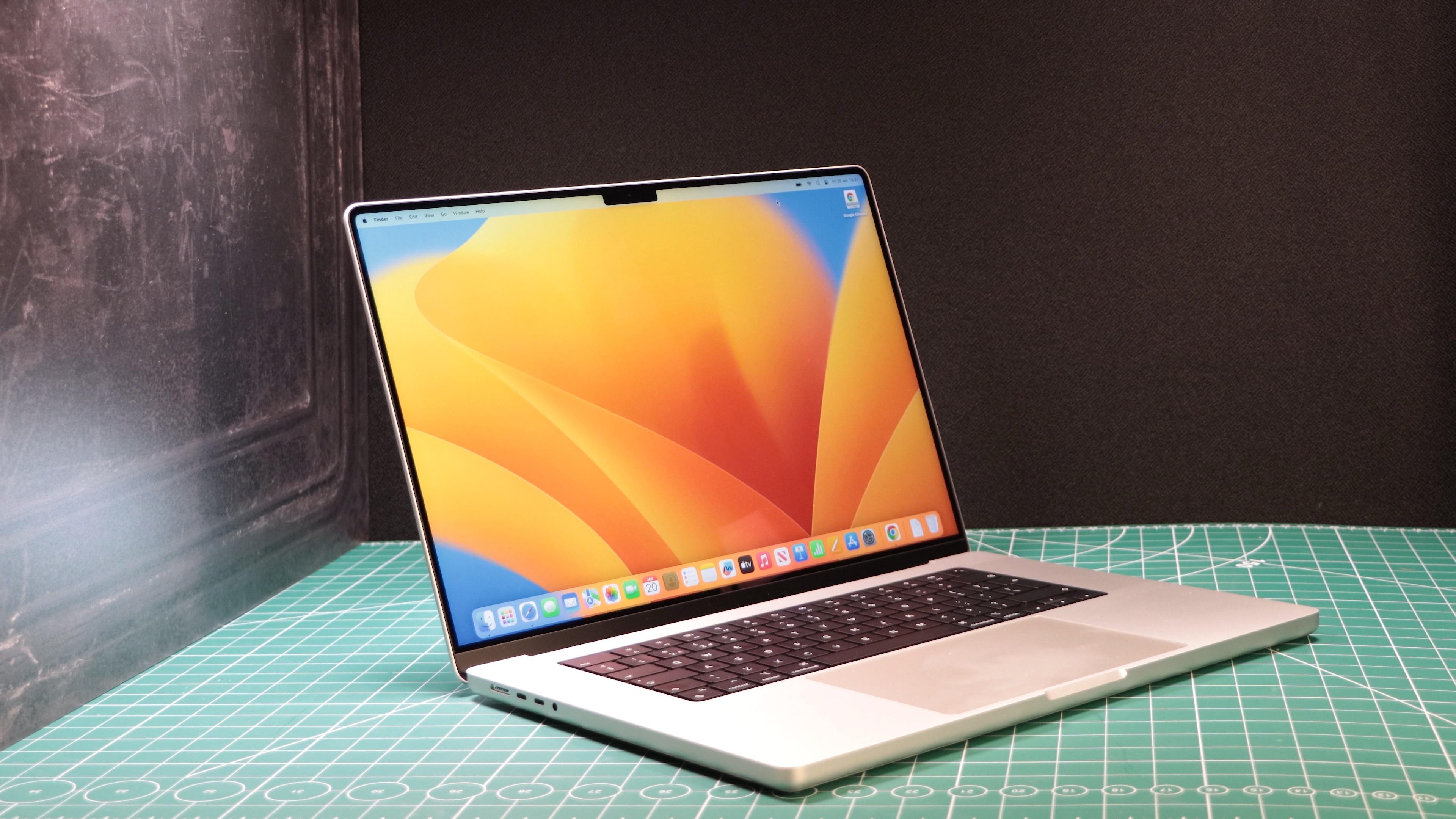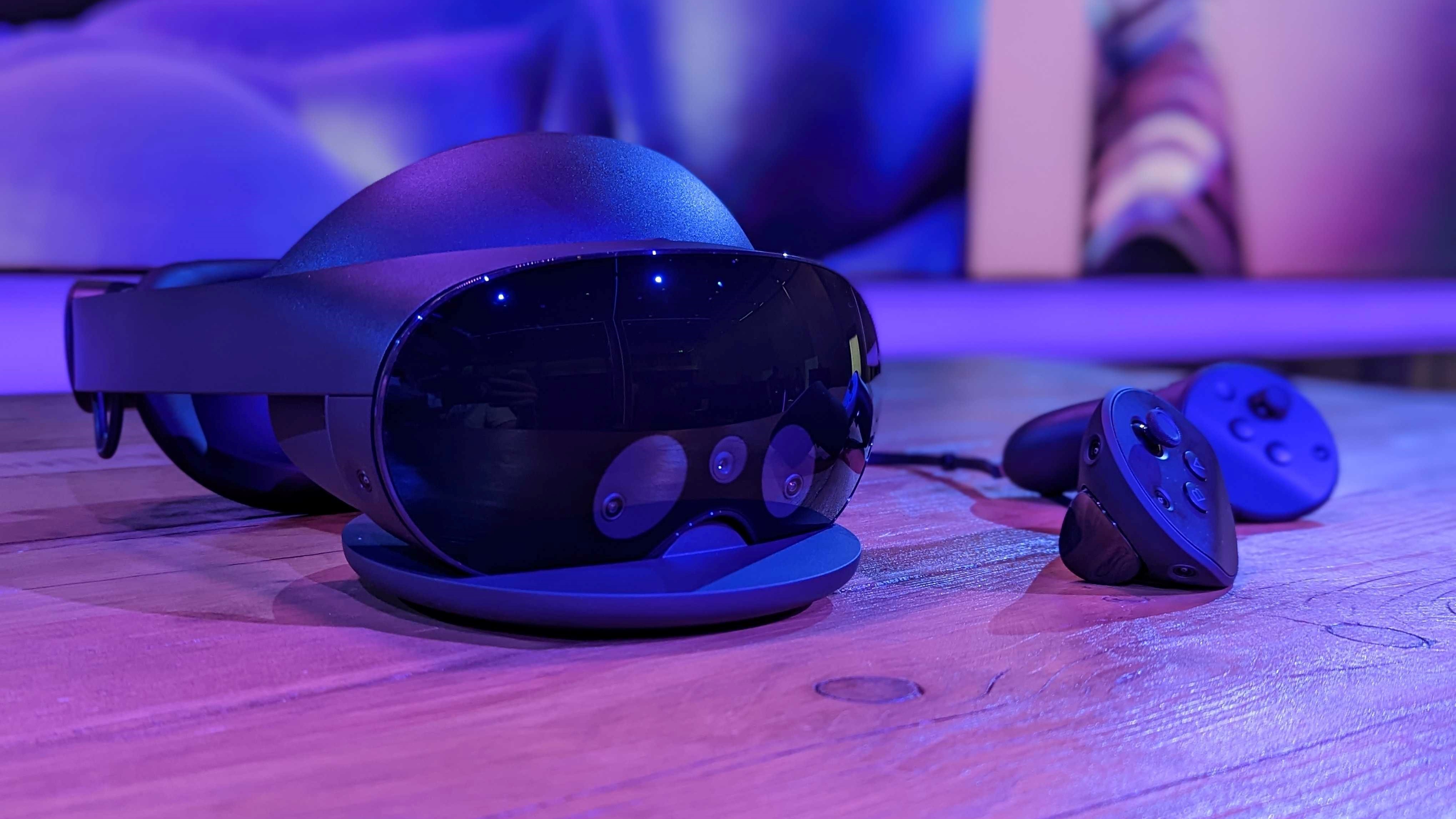The long-rumored Apple VR headset is expected to launch later this year, and when it does it might arrive without one accessory that pretty much every rival device relies on: controllers.
While devices like the Meta Quest Pro and its predecessor the Oculus Quest 2 do offer handset-free hand-tracking options, their controllers are still the main way that users interact with the virtual world; while there are several apps that support hand-tracking, there are significantly more experiences that require users to interact with the world using their controllers.
But Apple seems keen to ditch cumbersome handsets, with Bloomberg’s (opens in new tab) Mark Gurman – who has a solid track record with Apple leaks – suggesting that users will instead interact with Apple’s VR interface using their hands and eyes.
According to Gurman, Apple headset users will look at the app they want to open, and then reach out their hand and pinch their thumb and index finger together to open it. Plus, while Apple is apparently still developing a virtual keyboard for users to type on, at launch headset wearers will instead have to rely on the Siri voice assistant to turn their speech into text for typing.
However, none of this is to say that you won’t be able to pair external hardware with the Apple headset. Apple is the king of interoperability between its devices, and this headset won’t buck the trend – it will reportedly be able to serve as a second monitor for your Mac computer, and you’ll be able to use your iPhone and iPad’s keyboard for typing.

As with all leaks and rumors we should take Gurman’s claims with a pinch of salt, although as mentioned, he is fairly reliable, and the information tracks with the fact we’ve heard very few details about the headset’s handsets. If the device is launching this year, and with controllers, we should have heard some design or spec details about them by now; however, beyond the odd patent, we’ve not heard anything, whereas we already know a fair amount about the headset itself, which may suggest that it is indeed controller-less.
Analysis: a hand-tracking upgrade is in sight
If you’ve used a VR headset’s hand tracking then you might be a little worried about Apple’s headset being wholly reliant on it. While I’ve been impressed by the version of the feature employed by Meta’s Quest Pro, and even its older headsets like the Quest 2, the tool isn’t quite as competent as I’d like; currently, too few apps support it, and the tracking isn’t accurate enough for me to ditch controllers altogether.
However, I think Apple’s VR setup could give its version of the tool an edge, and that’s thanks to its use of eye-tracking.
I’ve found that hand tracking on Meta’s Quest devices struggles most in menus. If you’re in a game and go to pick up an object it works really well, but the moment you have to point and interact with a menu at a distance things can start to feel subpar. Apple’s headset sounds like it will solve this inaccuracy issue with eye-tracking – rather than simply relying on a user’s gestures, the device may be able to better infer the wearer’s intentions by using where they’re looking as an extra data point.

We’ll have to wait and see exactly how Apple’s VR headset works if and when it’s finally unveiled later this year, but if its hand tracking is an upgrade over what’s come before then I expect we’ll see Meta and others deploy updates to their systems – at least those with eye-tracking, like the Quest Pro.
The XR space isn’t just a battle between Apple and Meta, of course. Check out our hands-on experience with the HTC Vive XR Elite, and our rundown of all the VR, AR, and MR headsets at CES 2023 to get a better understanding of what 2023 has in store for the metaverse.




